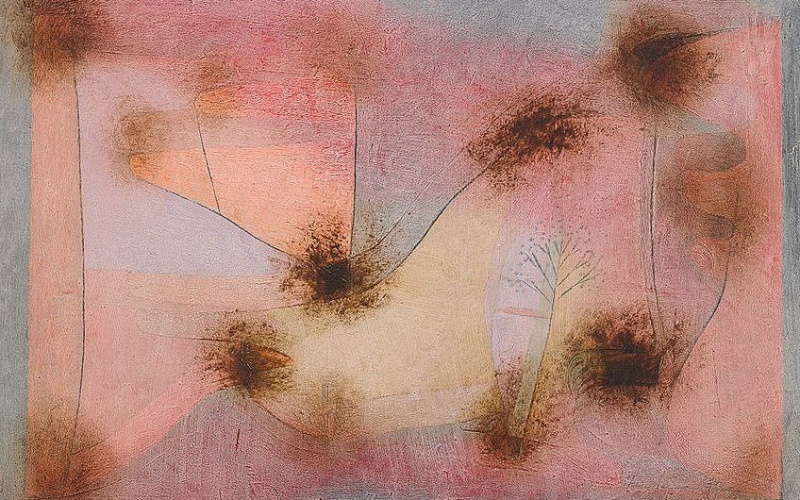Elegy to the Spanish Republic No. 110 (1971)
Robert Motherwell, an American painter who was well-known throughout the Abstract Expressionist movement, is the last painter on our list. Motherwell was regarded as the most articulate artist in the movement since his Abstract pieces addressed a wide range of important political, philosophical, and literary topics. Elegy to the Spanish Republic No. 110 is the name of one of his well-known abstract paintings from 1971.
Motherwell is credited with shaking up the world of abstraction with this piece of art because it features extremely primitive and rough gestures that simultaneously communicate feelings of strength, energy, and worry. This painting's austere use of black and white suggested a profound grasp of life and death, which gave it a stoic quality.
The 1936 outbreak of the Spanish Civil War is the subject matter on which this picture is thought to be based.
Motherwell was only 21 years old when he observed the atrocities, but they would have a lasting impact on him in the years to come. As a result, when someone looks at his painting, the intensity in it evokes strong, deep feelings. Motherwell also produced a series of more than 200 other paintings in response to the Spanish Civil War, in addition to this one.
The degree of abstraction used by Motherwell in this piece was increased by the impression of unadulterated freedom it conveys. This abstraction functioned as a monument to human suffering and the never-ending cycle of life and death in Elegy to the Spanish Republic No. 110.
Elegy to the Spanish Republic No. 110's expressive and primitive brushstrokes appear to explode off the canvas, surrounding spectators with a ferocious form of energy. In addition to the painting's startling liveliness, Motherwell's work exhibits an odd sense of uneasiness. Motherwell injected vivacious new life energy into Abstraction at a time when it appeared to be dying, and this life force has continued to inspire Abstract artists to this day.
A significant impact on the direction of artistic production was held by abstract art. During this time, some of the most well-known Abstract artworks in the world were produced, and they are still highly regarded today. Although we have just chosen ten of the best examples of Abstract Art, if you have enjoyed learning about these outstanding and one-of-a-kind works of art, we strongly advise you to look into this genre further.
Artist: Robert Motherwell (1915 – 1991)
Date Printed: 1971
Medium: Acrylic with graphite and charcoal on canvas
Dimensions: 208.3 cm x 289.6 cm (82 in x 114 in)
Where It Is Currently Housed: Solomon R. Guggenheim Museum, New York











